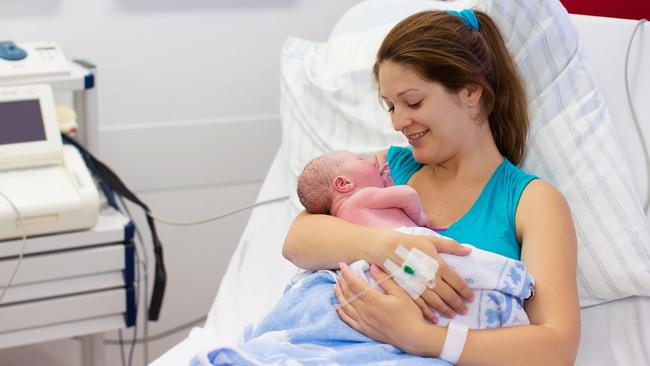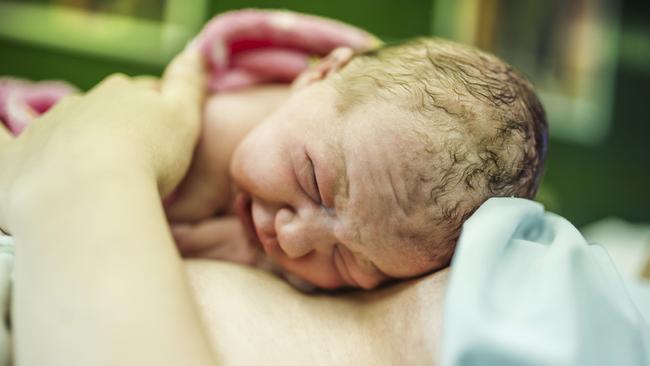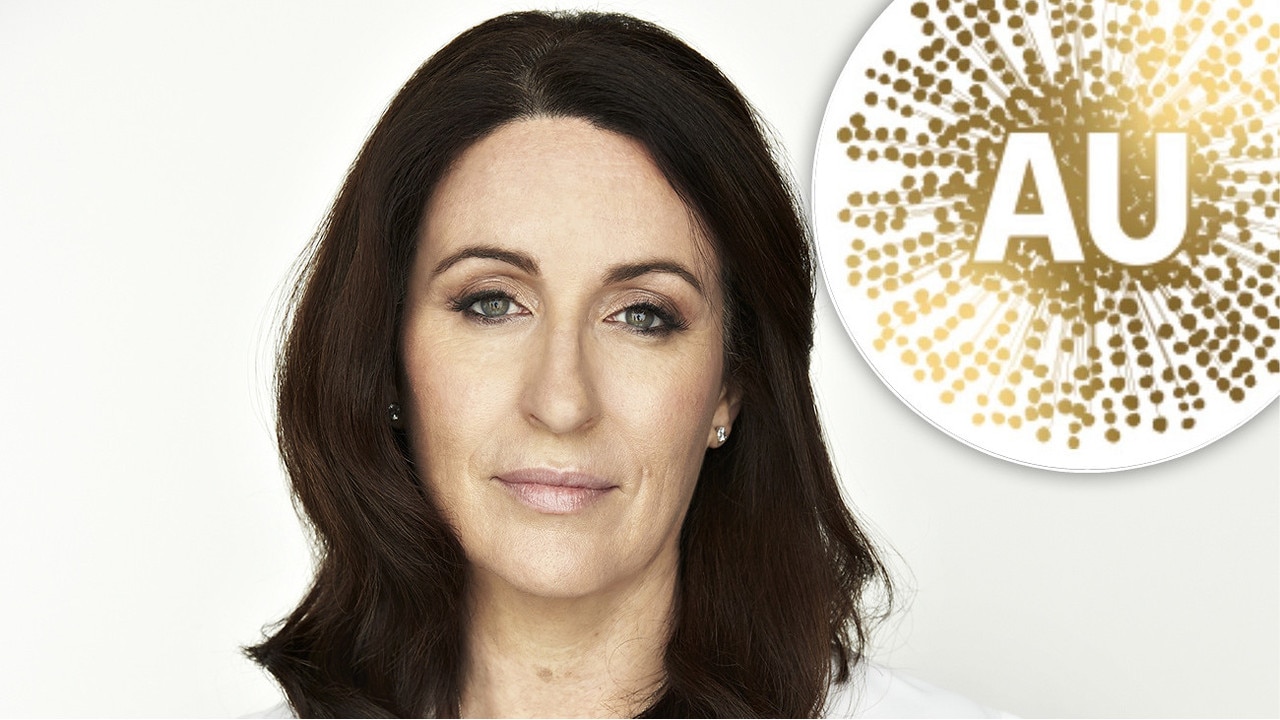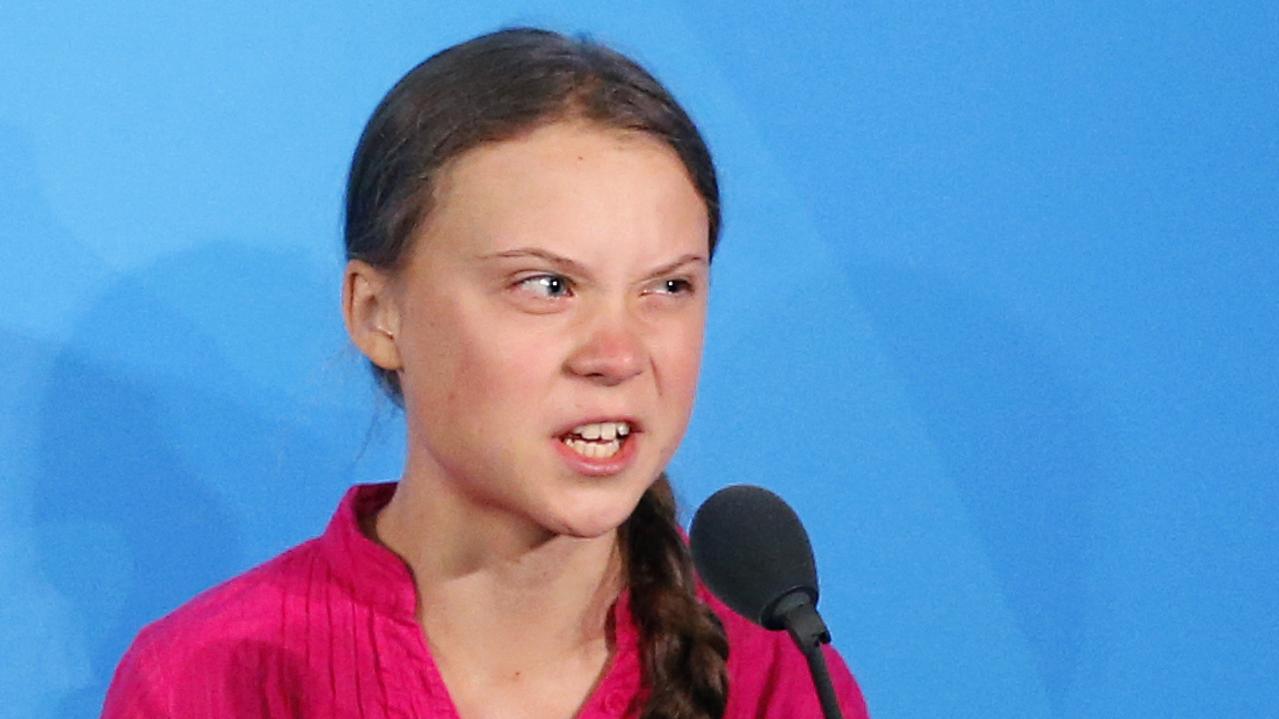Our shambolic birth system is failing new mums
AUSTRALIAN women are being fed a dangerous homebirth dream and being pushed from the hospital hours after giving birth. But at what cost, asks Miranda Devine.
Rendezview
Don't miss out on the headlines from Rendezview. Followed categories will be added to My News.
ANY mother knows that a few good nights’ sleep after childbirth is crucial to your wellbeing in the next few months.
It allows you to recover from the physical toll of pregnancy and birth and allows you to focus on learning to breastfeed and bond with your cute but intimidating bundle of joy.
It gets you off to a good start and gives you reservoirs of energy to call on if things get out of control in coming weeks. Sleep is the antidote to depression and anxiety.
And yet new mums are being shunted out of hospitals with unseemly haste because of a shortage of midwives, according to an NSW Nurses and Midwives Association submission to an inquiry into maternity health, obtained by The Daily Telegraph’s Danielle Le Messurier this week.
Yes, the unions are self-serving but the fact is that the Australian Medical Association has also raised alarms over a steady reduction in the time new mums are allowed to stay in public hospitals and even private maternity units.
Healthy women who have had uncomplicated vaginal births are sent home as early as six hours after delivery, while even women who have undergone caesarean sections can be discharged after 72 hours.

How you can be expected to look after a needy baby properly while in pain and exhausted is a mystery. Some women with support at home from extended family could cope, but a lot won’t and those who don’t cope will be at greater risk of post-natal depression.
Surely, it’s cheaper in financial and human terms to help mums before problems happen rather than picking up the pieces of families when everything falls apart.
This is just one example of how success breeds complacency when it comes to having babies.
Medical science has done such a good job of eliminating most of the dangers of pregnancy and childbirth we have forgotten they exist.
You only have to go to a cemetery and look at the old gravestones to see what life used to be like when we let nature take its course. In our obstetric past the death of mother or child, or both, in childbirth was not uncommon, as were brain damage for the baby and permanent disability for the mother.
In sub-Saharan Africa, one woman in 16 dies from complications in pregnancy and childbirth — more than half a million women every year according to the World Health Organisation. 60 per cent of births occur without any medical help, and women often suffer disabling injuries such as obstetric fistula, which leads to permanent incontinence and often ostracism from her community.
Fistula used to be widespread in the west too, but it was nearly eliminated at the turn of the 20th century thanks to medical interventions such as caesarean sections.
It’s ironic then that while Australians generously donate to charities and programs designed to help poor women overseas get the medical care they need in childbirth, at home, there is a vociferous lobby still determined to demonise what they call the “medicalisation” of childbirth.
And despite the well-reported tragedies for years of home births gone wrong, ardent advocates have leapt on an article in the upcoming July edition of Midwifery journal which claims that giving birth at home is statistically as safe as giving birth in hospital.
The study found there was “no statistically significant impact on infant mortality” between births in the hospital and at home.
But this claim has been rejected by the Royal Australian New Zealand College of Obstetricians and Gynaecologists (RANZCOG) which issued a statement saying the study is not applicable to Australia and ignored studies that showed the opposite.
Surely enough mothers and babies have suffered and died for homebirths to be ruled out.

With insurance cover for midwives due to end completely next year, there should be no question.
One of the most enthusiastic lobby groups for homebirth, Joyous Birth, lost credibility a decade ago when its convener, Janet Fraser, 40, tragically lost her baby after several days of labour at her Croydon Park home.
The popularity of home birth has been on the wane since, with Australia’s rate of 0.4 per cent of planned home births among the lowest in the developed world, but homebirth enthusiasts won’t give up. They have been lobbying health ministers to keep the industry going once the insurance runs out.
Between demonising caesarean sections and eulogising homebirths as some sort of feminist nirvana, a small but vocal section of the midwifery profession is doing women a disservice, especially naive and idealistic first-time mothers. Calling medical intervention “birth rape” when it has made Australia one of the safest countries in the world for childbirth is nothing short of reckless.
No one wants to pathologise childbirth but let’s not pretend it can’t go catastrophically wrong. Even when it goes right, new mums still need to rest.



